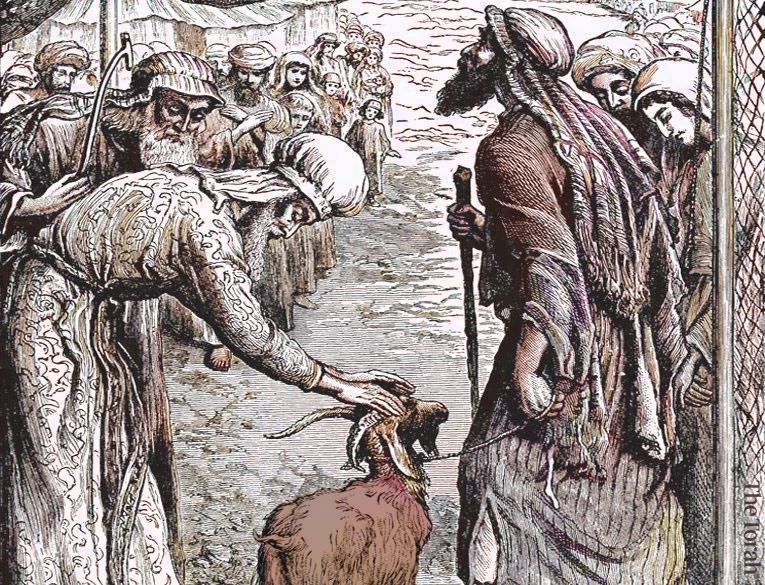
Mindless Rage Gives Way to Focused Wonder: Girard, Mimesis, and The Origins of Religion
 “As we have seen, Girard regards religion and culture not as the inventions of rational human beings but as essential processes in the evolution of humanity. For him, the scapegoating process functions as a catalyst in the development of symbolic thought. This increased mental capacity leads to ritual and myth, which in their turn develop into religion. A society that can control violence can then develop into a civilization. For Girard, ritual, myth, religion, and culture all intertwine. The scapegoating mechanism makes it all possible…When Girard first developed these ideas, it was popular to blame religion for violence. In contrast, Girard believed that religion does not cause violence, rather, violence causes religion. The problem of violence goes much deeper than any one belief system or institution.” –Andre Rabe
“As we have seen, Girard regards religion and culture not as the inventions of rational human beings but as essential processes in the evolution of humanity. For him, the scapegoating process functions as a catalyst in the development of symbolic thought. This increased mental capacity leads to ritual and myth, which in their turn develop into religion. A society that can control violence can then develop into a civilization. For Girard, ritual, myth, religion, and culture all intertwine. The scapegoating mechanism makes it all possible…When Girard first developed these ideas, it was popular to blame religion for violence. In contrast, Girard believed that religion does not cause violence, rather, violence causes religion. The problem of violence goes much deeper than any one belief system or institution.” –Andre Rabe
The above passage comes from Andre Rabe’s book, Processing Mimetic Reality: Harmonizing Alfred North Whitehead and René Girard. I got the book this week and cruised right through the first part of it, which was a wonderful introduction to Whitehead’s cosmology. Now that I’ve hit the Girard bits the book is really getting good.
Girard has always been a thinker I’ve enjoyed despite criticism of his work I’ve encountered (which I think has some credence) from scholars, such as Rebecca Adams, which points out that because Girard’s theories tend to fixate on violence he ends up creating a “scapegoat” himself with his own theory: the scapegoat of positive mimesis. Adams proposed a reassessment of Girard’s theory that includes an account of loving mimesis or, as she preferred to call it, creative mimesis. This type of positive mimesis is important and fits well with some other books I’m reading at the moment, including Stephen Nachmanovitch’s book The Art of Is, in which he takes a very positive position on the innate human proclivity to imitate and it’s importance in the art of improvisation.
Additionally, with regard to the claim above in Rabe’s quote about violence causing religion, again I’m not so sure I would want to say it’s just violence that caused religion. Sociologist, Robert Bellah, would probably disagree with this reductive view about the origin of religion as well. For Bellah, the first ritualized activities developed out of complexified forms of play. Once our symbolic capacities developed sufficiently, then, these ritualized actives took on religious significance. Considering the type of role loving/creative mimesis may have played in the development of religion, however, doesn’t necessarily negate or minimize Girad’s excellent observations about the similarly large role negative mimesis and the scapegoat mechanism may also have played the formation of complex symbolic thought. As Rabe persuasively writes: “The very possibility of meaning relies on the recognition of differences. Girard shows how the chaos that precedes the act of scapegoating violence represents a crisis of undifferentiation. At this state of the crisis, rationality does not guide the frenzied mob; an irrational act violence brings a cathartic end to the chaos…Mindless rage gives way to focused wonder.”
0 Comments